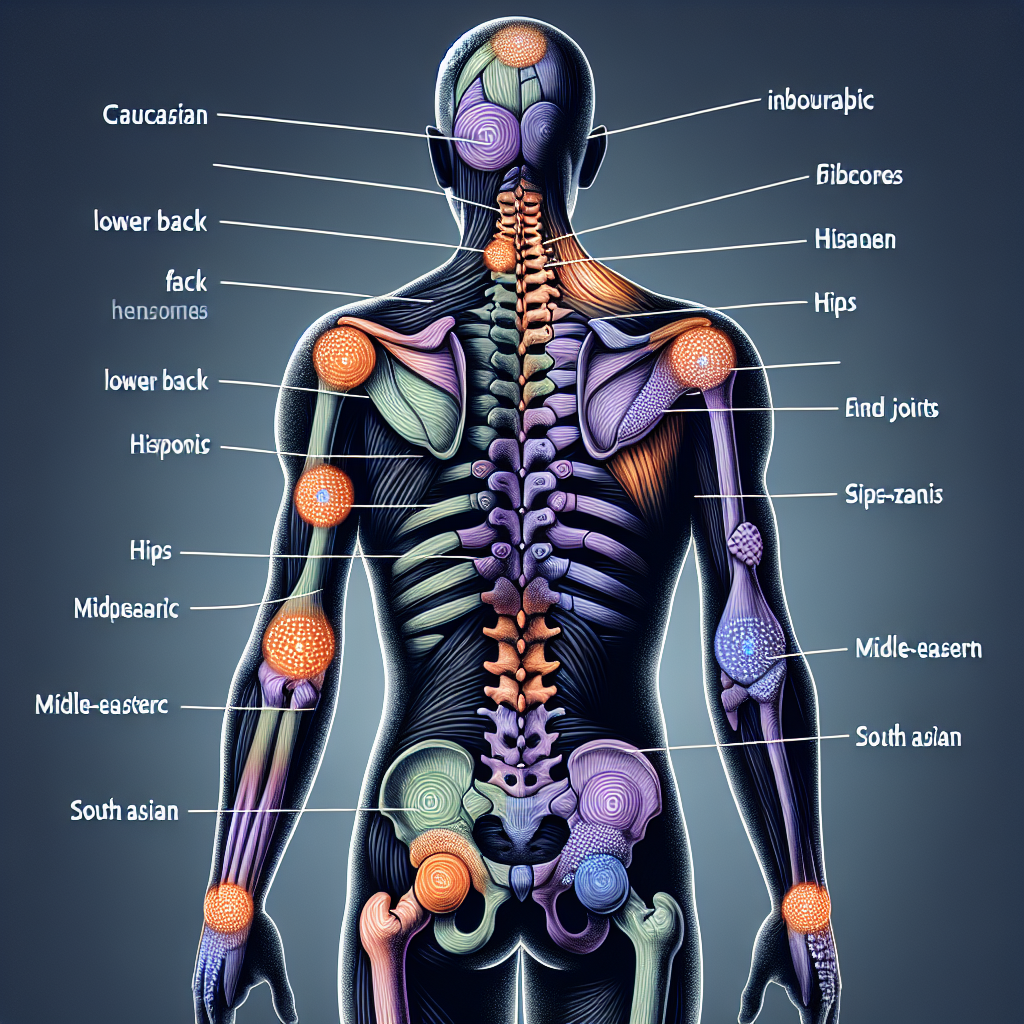Fibromyalgia Injury: An In-depth Look
Fibromyalgia is a chronic disorder characterized by widespread musculoskeletal pain, fatigue, and tenderness in localized areas. This condition is often misunderstood and misdiagnosed, leading to unnecessary suffering for many patients. This article aims to shed light on fibromyalgia injury, its causes, symptoms, and treatment options.
Understanding Fibromyalgia
Fibromyalgia is a complex disorder that affects about 2-4% of the population, predominantly women. It is not an injury in the traditional sense, but rather a long-term condition that causes pain throughout the body. The exact cause of fibromyalgia is unknown, but it’s thought to be related to abnormal levels of certain chemicals in the brain and changes in the way the central nervous system processes pain messages carried around the body.
Symptoms of Fibromyalgia
The primary symptoms of fibromyalgia include:
- Widespread pain: The pain associated with fibromyalgia is often described as a constant dull ache that lasts for at least three months. To be considered widespread, the pain must occur on both sides of your body and above and below your waist.
- Fatigue: People with fibromyalgia often awaken tired, even though they report sleeping for long periods of time. Sleep may be disrupted by pain, and many patients with fibromyalgia have other sleep disorders, such as restless legs syndrome and sleep apnea.
- Cognitive difficulties: A symptom commonly referred to as “fibro fog” impairs the ability to focus, pay attention and concentrate on mental tasks.
Treatment Options for Fibromyalgia
While there is currently no cure for fibromyalgia, a variety of medications can help control symptoms. Exercise, relaxation and stress-reduction measures also may help.
- Medications: Pain relievers, antidepressants, and anti-seizure drugs are often helpful in reducing certain symptoms.
- Therapy: A variety of different therapies can help reduce the effect that fibromyalgia has on your life. These include physical therapy, occupational therapy, and counseling.
- Lifestyle changes: Regular exercise, a healthy diet, and getting enough sleep can help manage symptoms and improve quality of life.
Living with Fibromyalgia
Living with fibromyalgia can be challenging, but there are ways to manage the condition and lead a fulfilling life. It’s important to work closely with your doctor and other healthcare professionals to create a treatment plan that works for you. Support from family, friends, and support groups can also make a big difference.
Conclusion
Fibromyalgia is a complex, chronic condition that causes widespread pain and fatigue. While it can be challenging to live with, there are many treatment options available that can help manage symptoms and improve quality of life. By understanding the condition and working closely with healthcare professionals, individuals with fibromyalgia can lead fulfilling lives.
Meta Keywords: Fibromyalgia, Chronic Pain, Fatigue, Treatment, Symptoms, Lifestyle Changes, Therapy, Medications
Note: As an AI, I’m unable to generate images. Please consider using an image of a person experiencing pain or fatigue to reflect the subject matter.







